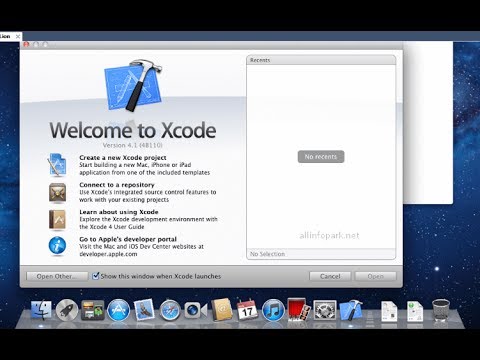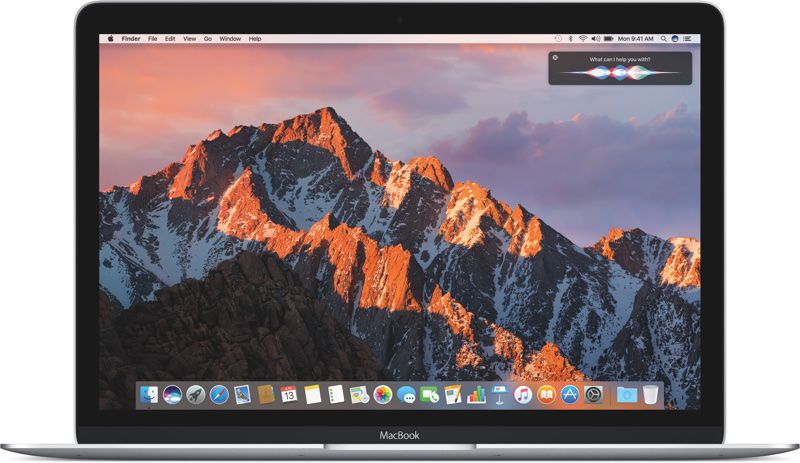You may have to sign up for a free Apple Developer Account in order to download Xcode 10 from the developer link that BDAqua provided — unless Apple has relaxed its access privileges for these tools.
As expected, Apple has finally released its next most advanced Mac operating system i.e. MacOS Sierra 10.12 and Xcode 8 apps development tool at Worldwide Developer Conference 2016. The latest macOS Sierra 10.12.6 Beta (Build 16G23a) and Xcode Beta updates are now available for macOS developers and non-developers (general public users) for free to experience new.

- If you perform a fresh install of Xcode, you will also need to add the commandline tools by running xcode-select-install on the terminal. While OS X comes with a large number of Unix utilities, those familiar with Linux systems will notice one key component missing: a package manager.
- In this post I will show how to Install Cocoa Pods for Xcode projects. Cocoa Pods is a dependency manager for Swift and Objective-C Cocoa projects. Installation When you install XCode, you also get the gem (RubyGems, the Ruby package manager). This command allows you to install Cocoa Pods for Xcode, without any extra configuration. Execute Continue reading 'Install Cocoa Pods for XCode.

Alternatively, If all you want is a a compilation environment for Objective-C, C++, and Swift v4.n, the Command Line Tools (macOS 10.13) for Xcode will provide that at 7GB less storage. You would then need a competent programmer's editor, and you can still build hand-coded cocoa applications. This is my preference.
May 23, 2019 7:35 PM
-->An important part of the developer workflow is deploying to a device. Xcode 9 introduced the option of deploying to an iOS device or Apple TV through a network, rather than having to hardwire your devices every time you want to deploy and debug your app. This feature has been introduced in Visual Studio for Mac 7.4 and Visual Studio 15.6 release.
This guide details how to pair and deploy to a device over the network.
Requirements
Wireless deployment is available as a feature in both Visual Studio for Mac and Visual Studio.
To use wireless deployment, you must have the following:
- macOS 10.12.4
- The latest version of Visual Studio for Mac
- Xcode 9.0 or later
- A device with iOS 11.0 or tvOS 11.0 and later

- The latest version of Visual Studio
- A device with iOS 11.0 or tvOS 11.0 and later
On your Mac build host, the following components should be installed:
- macOS 10.12.4
- Visual Studio for Mac
- Xcode 9.0 or later
Connecting a Device
In order to deploy and debug wirelessly on your device, you must pair your iOS device or Apple TV with Xcode on your Mac. Once paired, you can select it from the device target list in Visual Studio.
The following pairing process should only need to happen once per device. Xcode will retain the connection settings.
Pairing an iOS device with Xcode

Xcode 12.5.1
- Open Xcode and go to Window > Devices and Simulators.
- Plug your iOS device into your Mac using a lightning cable. You may need to select to Trust This Computer on your device.
- Select your device and then select the Connect via network checkbox to pair your device:
Pairing an Apple TV with Xcode
Xcode 12.2
Ensure your Mac and Apple TV are connected to the same network.
Open Xcode and go to Window > Devices and Simulators.
On the Apple TV, go to Settings > Remotes and Devices > Remote App and Devices.
Select the Apple TV in the Discovered area in Xcode and enter the verification code displayed on the Apple TV.
Click the Connect button. When it's successfully paired, a network connection icon appears beside the Apple TV.
Deploy to a Device
When a device is connected wirelessly and ready to be used for deployment, it shows up in the device target list, as if the device were connected through USB.
To test on a physical device, the device must be provisioned. Make sure to do this before attempting to deploy to a device.
To deploy to an iOS or tvOS device, use the following steps:
Ensure that your deployment machine and target device are on the same wireless network.
Select your device from the target device list and run the application.
If your device is locked, you'll be prompted to unlock your device. Once the device is unlocked, your app is deployed to the device.
Xcode 10.12.6 Download
Wireless debugging is automatically enabled after wireless deployment, so you can use previously set breakpoints and continue your debugging workflow as you've always done.
Troubleshooting
Xcode 12.1 Download
Always ensure that your iOS device or Apple TV are connected to the same network as your Mac.
If the device does not show in Visual Studio, check Xcode's Devices and Simulators window.
If Xcode does not show your device as connected, try to pair your device again.
If Xcode does show the device as connected, try restarting Visual Studio and your device.
If you have not yet done so, you will need to provision your device.
If you have problems with this feature that can't be fixed by the previous steps, please file an issue in Developer Community.
Related Links
Xcode 10.13
Related Video
Xcode 10.1 Xip
Find more Xamarin videos on Channel 9 and YouTube.